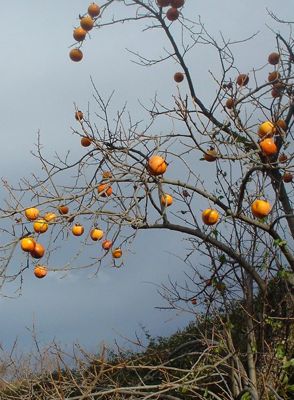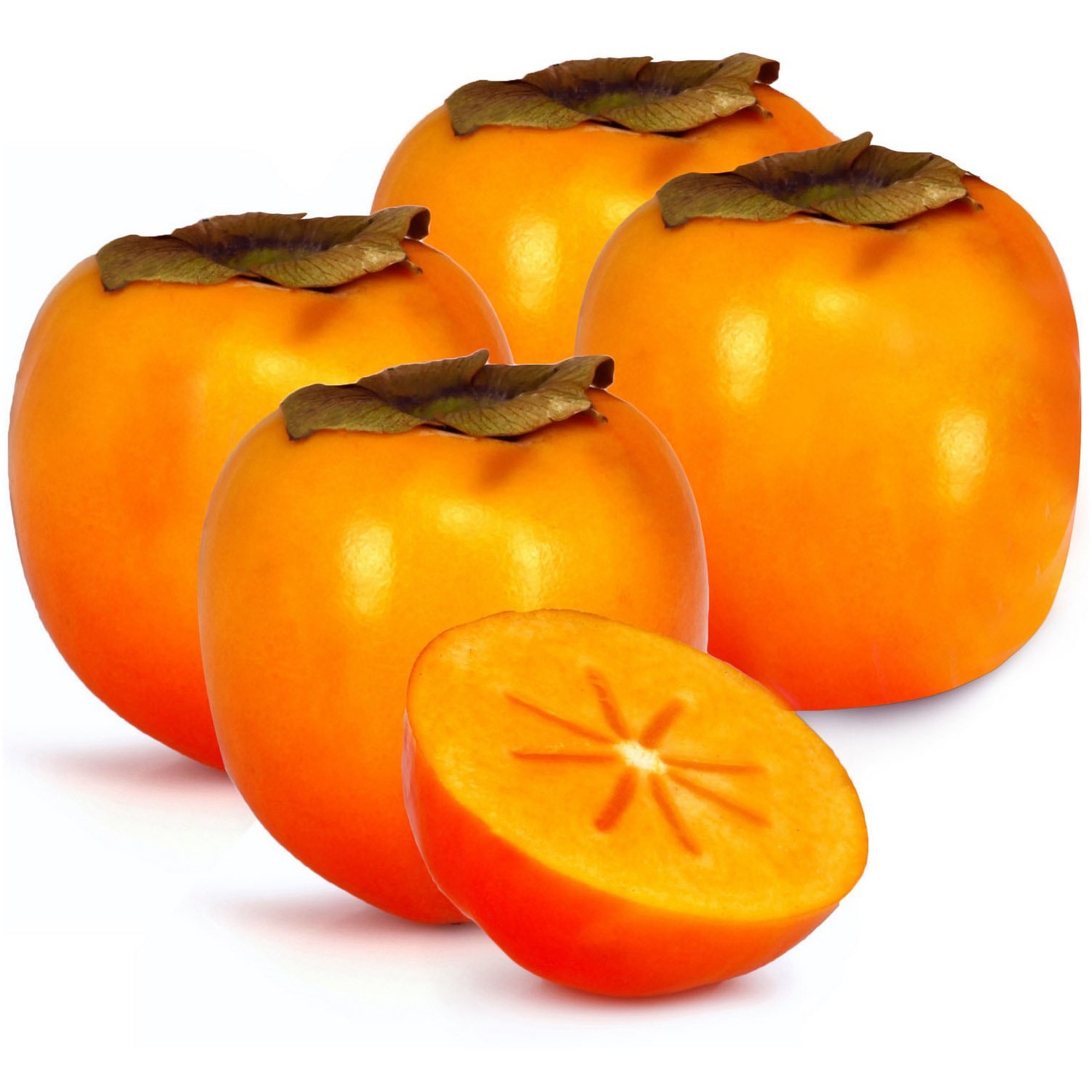L’arbousier (Strawberry Tree)
 Native to the Mediterranean region, Western Europe and Ireland, it is difficult to miss these pretty fruit trees as you wander around the south of France.
Native to the Mediterranean region, Western Europe and Ireland, it is difficult to miss these pretty fruit trees as you wander around the south of France.
A tough, easily grown and trouble-free plant, the arbousier is surprisingly tolerant of strong winds, making it a great success in this region!
From a distance, the colourful fruits (les arbouses) look a little like strawberries, hence the common name Strawberry Tree. However, the taste is most certainly nothing like the strawberry, and has been described as “sweet but insipid“. Interestingly, its Latin name – ’unedo’ meaning “I eat (only) one”– suggests that the fruit is not tasty and one would not wish to eat more than one.
The strawberry tree produces masses of beautiful white flowers in August and September after which the fruits start to fall off the trees.

If you wish to pick them before they fall, you should wait until they are deep red in colour and very soft to the touch. They need to be eaten within 24 hours as they start to decay very quickly.
Whilst the fruits can be eaten fresh, they don’t have much flavour, and are more often used to make jellies and jams, particularly due to their high pectin content which allows for rapid setting without additives. They are also used to ferment and make drinks such as “medronheira” (strawberry tree firewater), a Portuguese brandy- like drink with a high alcohol content
Health benefits
It is said that one should not eat too many of this fruit as it ripens very quickly, ferments in the stomach and makes you feel drunk! However, to combat that, the fruit is supposed to have antiseptic, astringent and diuretic properties which have not yet been researched as thoroughly as they deserve
Kakis
 Another winter fruit adding a splash of colour to our landscape is the persimmon (kaki in French.)
Another winter fruit adding a splash of colour to our landscape is the persimmon (kaki in French.)
Persimmons came originally from North-west China and were introduced into Europe in the mid-19th century. The fruits are very sweet with a soft and occasionally fibrous texture. They have a high tannin content, making them fairly bitter until the fruit matures and the tannin levels are reduced.
The colour of the fruit varies from light yellow-orange to dark orange-red and can weigh more than a pound!. There are many varieties of persimmon, which can be split up into two categories – astringent and non-astringent.

The persimmons which grow in the P-O are non astringent, requiring hot summers, and may be eaten whilst still crisp, although the sweetness improves with maturity. An unripe fruit can be ripened by placing it with other ripening fruits.
Health benefits
Persimmon pulp and peel are both good sources of fibre.. Rich in anti-oxidant vitamin C, which our bodies need to help protect against cell damage and to increase absorption of iron, they also contain a good amount of beta carotene, another anti-oxidant, which is converted into vitamin A in the body, which helps us to maintain healthy skin and mucous membranes, to strengthen immunity, and is necessary for good vision.
Persimmon Chutney
– 12 persimmons ♣Blanch persimmons in boiling water for 5 minutes, then peel and dice. ♣ Add the lemons with all other ingredients and bring to boil. ♣Continue boiling for about 40 minutes or until the mixture starts to thicken. Allow mixture to cool, bottle and seal. |


